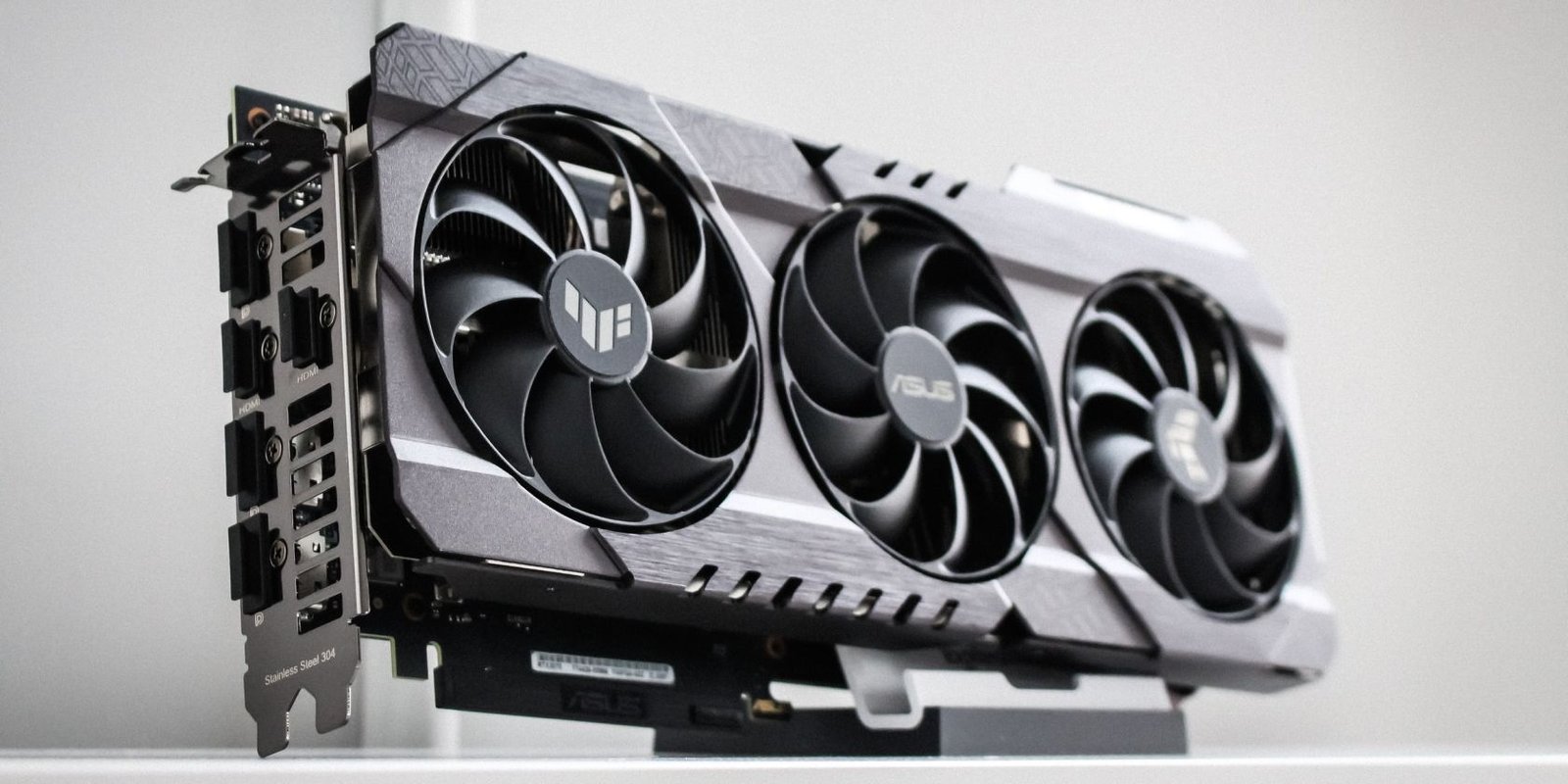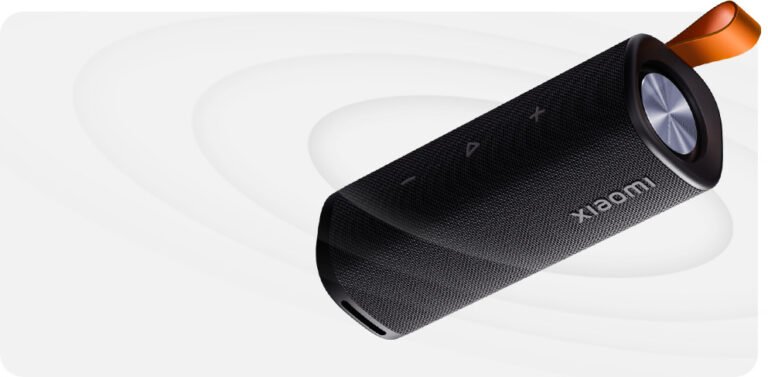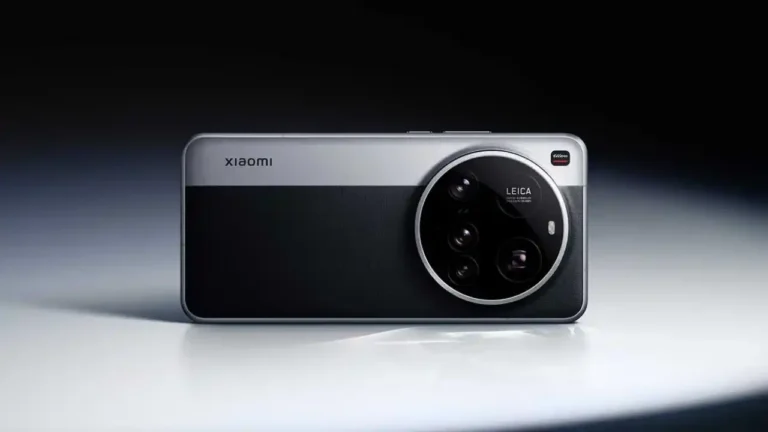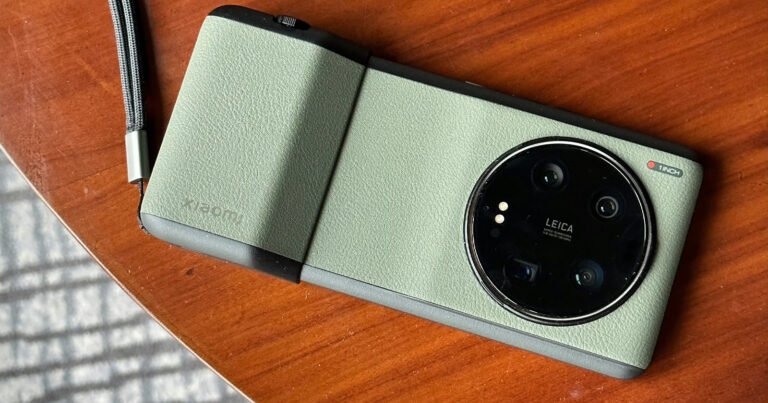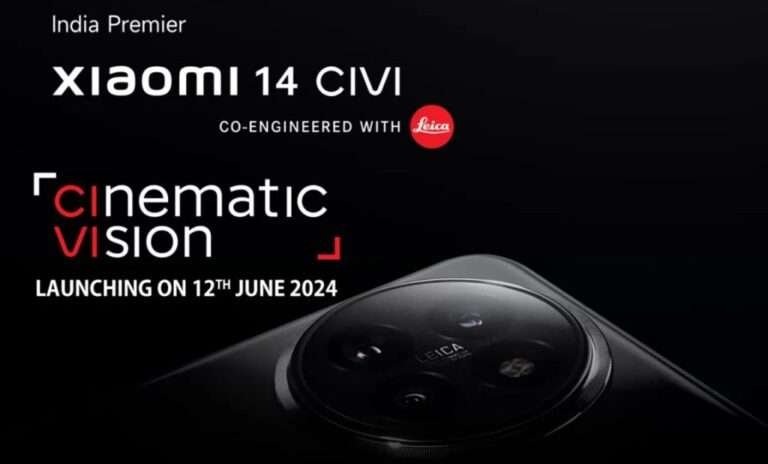Things You Should Know Before Choosing Graphics Card:
Getting the best graphics card is crucial if you’re building the ultimate gaming PC or assembling one on your own. The GPU often matters more than the CPU for gaming performance. However, for newcomers, choosing the right GPU can feel overwhelming due to the variety of factors involved, such as the type of monitor you use, the size of your PC case, and your desired in-game settings. This guide will help you understand what to consider when shopping for your next GPU.
GPU prices fluctuate due to supply and demand, impacting AMD, Nvidia, and Intel models. While the latest Nvidia RTX 40-series and AMD RX 7000-series dominate the high-end market, Intel Arc GPUs offer competitive options for budget-conscious buyers. Older GPUs can still be a good choice, depending on your needs. Additionally, all three companies are expected to release new models in the coming months, bringing faster, more efficient hardware with new features—though prices are unlikely to drop significantly.
1. Understand Your Purpose and Use Case
Knowing exactly what you need from a graphics card and the level of performance required can save you a significant amount of money. For instance, a dedicated graphics card isn’t necessary for basic tasks like office work, internet browsing, streaming, or playing simple browser games. In such cases, the integrated graphics found in many CPUs are more than sufficient.
For casual gamers or those who occasionally edit videos, a dedicated graphics card is essential but doesn’t need to be a high-end model. However, if you own a 1440p or UHD monitor with a refresh rate of 144Hz or higher and plan to play the latest games with maximum settings, or if you frequently edit 8K videos or work on complex 3D renderings, investing in a high-performance GPU is the best choice.
2. Compatibility with Your System
To install the graphics card of your choice in your PC, the following conditions must be met:
- Power Supply and Connections
Before purchasing a graphics card, ensure your power supply unit (PSU) can deliver sufficient power and has the necessary connections. Compare the graphics card manufacturer’s recommendations with your PSU’s specifications. Note that you cannot determine your PSU details via software—you’ll need to physically inspect it. Ground yourself to prevent static discharge, unplug the PC, and remove the side panel to locate the PSU, usually at the bottom rear of the case. Check for a label or sticker with the model name, then look up its specifications online.
- Physical Space in the PC Case
Verify that your PC case has enough room for the graphics card you’re considering. Check the maximum supported length and height of GPUs for your case model, which you can usually find in the manufacturer’s specifications or manual. If you don’t know your case model, you can measure the available space yourself. Compare this with the GPU’s dimensions provided by the manufacturer.
- PCIe Compatibility
Consider the PCIe generation supported by your motherboard and processor. While PCIe is backward compatible (e.g., you can use a PCIe 4.0 card in a PCIe 3.0 slot), this may lead to reduced performance. For optimal results, ensure the GPU and motherboard support the same PCIe generation.
- Monitor Connections
Ensure the graphics card has compatible output ports for your monitor. The most common standards today are HDMI, DisplayPort, and USB-C. If your monitor uses older connections like DVI or VGA, you may need an adapter. Additionally, consider the HDMI or DisplayPort version to ensure compatibility with features like high refresh rates and resolutions.
3. Performance Metrics: VRAM, Clock Speed, and Cores
The size of a graphics card’s video memory (VRAM) plays a significant role in performance, but it should not be the sole factor in your decision. While larger VRAM often correlates with better performance, other factors like memory bandwidth, the number of computing units, clock speeds, and feature sets are equally important.
- Entry-Level Graphics Cards
Modern entry-level GPUs from AMD and Nvidia typically come with 8GB of VRAM on a 128-bit memory interface. This is sufficient for casual gamers who don’t require the highest graphics settings. However, for creative tasks like video editing or 3D modeling, the limited memory interface and bandwidth may pose challenges. In such cases, older generation cards with a 256-bit interface may offer better performance, even with the same 8GB of VRAM.
- Mid-Range Gaming Needs
For gamers looking to play the latest titles at high settings with ray tracing enabled, 8GB of VRAM is becoming increasingly inadequate, even at 1080p resolution. We recommend cards with 10-12GB of VRAM for a smoother experience.
- Higher Resolutions and Future-Proofing
For gaming at 1440p resolution, 10-12GB of VRAM is the minimum, though 16GB is preferred for better future-proofing. At 4K resolution, 16GB of VRAM is generally sufficient for current games, but more VRAM may be beneficial for upcoming titles with higher demands.
4. Monitor Resolution and Refresh Rate
Many mainstream graphics cards are capable of delivering smooth performance at 1080p resolution, achieving frame rates between 30-60 fps or even higher, depending on the game and settings. These GPUs are suitable for casual gamers or those playing less demanding titles at medium to high settings. However, if you’re aiming for higher resolutions like 1440p or 4K, especially on ultrawide monitors, you’ll need a more powerful, high-end GPU to ensure a seamless experience.
For gaming at 1440p, a mid-range to high-end graphics card is typically required, especially if you plan to use higher refresh rates or ultra settings in graphically demanding games. At 4K resolution, achieving consistent high frame rates becomes significantly more challenging, often necessitating the use of top-tier GPUs from the latest Nvidia RTX 40-series or AMD RX 7000-series.
Additionally, the choice of a gaming monitor plays a crucial role in maximizing your GPU’s potential. A high refresh rate monitor (e.g., 144Hz or 240Hz) will demand more from your graphics card, particularly at higher resolutions. Features like G-Sync or FreeSync can also enhance the gaming experience by reducing screen tearing and stuttering.
In summary, always pair your GPU with a monitor that complements your gaming needs, ensuring your setup is balanced for the resolution, refresh rate, and graphical fidelity you desire. A well-matched GPU and monitor combination can significantly elevate your gaming experience.
5. Budget and Future-Proofing
The price range of graphics cards in the Indian market also varies widely, from budget options costing under ₹10,000 to premium high-end models exceeding ₹2,00,000, such as custom Nvidia GeForce RTX 4090 cards. High-end GPUs are typically not the best choice unless you absolutely require top-tier performance. For instance, the RTX 4090 offers tangible benefits over the RTX 4080 or the newer RTX 4080 Super, but at a steep price.
Performance Scaling and Pricing
Both Nvidia and AMD have structured their latest GPU lineups so that performance scales relatively proportionally to price. For example:
- Nvidia RTX 4080 costs around ₹1,20,000 in India, delivering approximately 30% less performance than the RTX 4090, which is priced at ₹1,60,000.
- The newer RTX 4080 Super reduces the price to ₹1,00,000 while offering slightly adjusted performance.
Budget-Friendly Alternatives
If you’re looking for better value, stepping down a few notches often provides a better cost-to-performance ratio:
- RTX 4060 Ti (8GB) is available at ₹35,000 to ₹40,000 and offers great performance for 1080p gaming.
On the AMD side:
- The Radeon RX 7900 XTX, priced at ₹80,000 to ₹90,000, delivers high performance, suitable for 4K gaming.
- Nvidia RTX 4070 starts at ₹55,000 to ₹60,000 and is ideal for gaming at 1440p resolution.
- Nvidia
- The Radeon RX 7800 XT, costing around ₹45,000 to ₹50,000, provides a solid balance for 1440p gaming.
Older Generations and Used Cards
AMD’s RX 6000 series GPUs remain a viable option, offering competitive performance at reduced prices. Similarly, Nvidia’s RTX 30 series, such as the RTX 3080 or RTX 3070, can still be worth considering, especially if found at a discount or second-hand. However, ensure any used purchase comes from a reputable source to avoid defective or overused products.
Summary
For most users in India, mid-range cards like the RTX 4060 Ti or RX 7800 XT strike the best balance between cost and performance. High-end cards like the RTX 4090 or RX 7900 XTX are only recommended for enthusiasts or professionals who need cutting-edge performance. Always consider your specific needs, budget, and the current market trends before making a decision.

